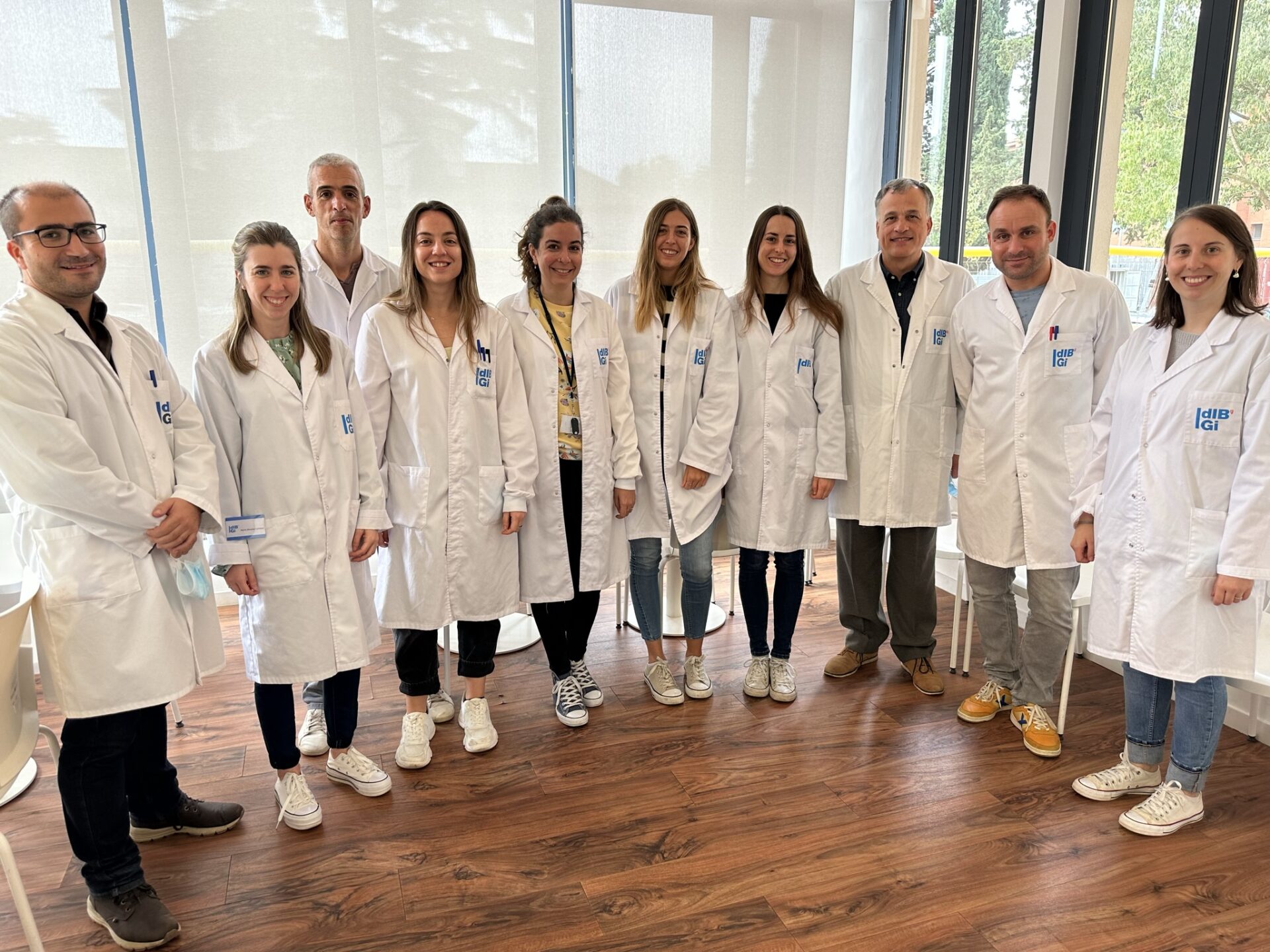
Research by Girona Biomedical Research Institute (IDIBGI) and the Centre for Biomedical Research Network on the Physiopathology of Obesity and Nutrition (CIBEROBN) describes the importance of iron for good cellular functioning in fat tissue, especially in people with obesity. The research concludes that iron levels in one type of cell have an impact on health, which is aggravated in the cases of patients with obesity and metabolic syndrome.
Obesity affects 16% of the Catalan population (Idescat. Indicators of the EU Sustainable Development Goals for Catalonia. Obesity rate according to body mass index (BMI) (02.10). Metabolic syndrome is a condition that affects people with obesity when they manifest all the metabolic disorders associated with obesity. These are patients with insulin resistance, high blood pressure, a chronic inflammatory state and adipose or fat tissue dysfunction. All of these lead to an increased predisposition to cardiovascular problems.
One of the lines of research of the Nutrition, Eumetabolism and Health research group of the IDIBGI and the CIBEROBN focuses on identifying the factors that influence the malfunctioning of a cell present in fat tissue, the adipocyte, in order to find ways to correct or prevent these alterations. This research is jointly led by Dr. José Maria Moreno Navarrete, a consolidated researcher in the group, and Dr. José Manuel Fernández-Real, head of the group and at the same time head of the Endocrinology section of the Dr. Josep Trueta Hospital in Girona.
The researchers have found that one of the factors that can alter the adipocyte is the level of iron. They have pooled the knowledge generated in 12 publications by the group over the last decade in a review in the journal “Obesity Reviews”, focusing on the role of iron in adipose tissue.
The team concludes that the right amount of iron is essential, for example, for the cell's energy generation process, or to ensure the proper functioning of enzymes - key proteins that trigger all kinds of biological processes. On the other hand, they describe that both iron deficiency and iron excess have a negative impact on all these processes, which are essential for the proper functioning of the cell.
A defence mechanism that alters iron levels
In this sense, the group has investigated the modulatory mechanisms that the cell has to ensure that internal iron levels are optimal. In an article led by Dr Moreno and Dr Fernández-Real published in “Biomedicine & Pharmacotherapy”, they describe how inflammation can alter iron levels inside the cell. "In a situation of inflammation, the body activates a series of proteins that capture as much iron as possible from the cell's environment. It is a defence mechanism that, although it helps to fight infections, decompensates the internal levels of iron in the cell," explains Dr Moreno.
The situation is exacerbated in patients with metabolic syndrome, who have increased inflammation as a result of metabolic syndrome. "We had previously seen that, in these patients, iron levels were very high, both in the adipocyte and in the fatty tissue as a whole, but we did not know why. We suspected that the cause could be the permanent inflammation. Now, we have been able to demonstrate that inflammation is the cause of this increase in iron, contributing to the dysfunctional state of the adipocyte," says Dr. Moreno. These implications are relevant for understanding the relationship between inflammation and adipose tissue dysfunction in patients with metabolic syndrome. The original article is first authored by Núria Oliveras-Cañellas, a predoctoral researcher in the same group.
Reference articles:
Moreno-Navarrete, JM, Fernández-Real, JM. Iron: The silent culprit in your adipose tissue. Obesity Reviews. 2023;e13647. doi:10.1111/obr.13647
Oliveras-Cañellas, N, Latorre, J, Santos-González, E, Lluch, A, Ortega, F, Mayneris-Perxachs, J, Fernández-Real, JM, Moreno-Navarrete, JM. Inflammatory response to bacterial lipopolysaccharide drives iron accumulation in human adipocytes. Biomedicine & Pharmacotherapy. Volume 166, October 2023, 115428. doi: 10.1016/j.biopha.2023.115428
About IDIBGI
IDIBGI is a biomedical research institute that is part of the CERCA system of the Generalitat de Catalunya, dedicated to translational, clinical and epidemiological research aimed at improving the health and care of people. The Institute is made up of 22 research groups that conduct research in six health areas: cardiovascular and respiratory, oncohematology, metabolism and inflammation, neurosciences, mental health and medical imaging. Currently, in addition to having its own research staff, the IDIBGI manages the research carried out by health professionals from the Dr. Josep Trueta and Santa Caterina Hospitals, the Catalan Health Institute (ICS) in Girona, the Institute of Health Care (IAS), the Catalan Institute of Oncology (ICO) in Girona, and the Institute of Diagnostic Imaging (IDI).